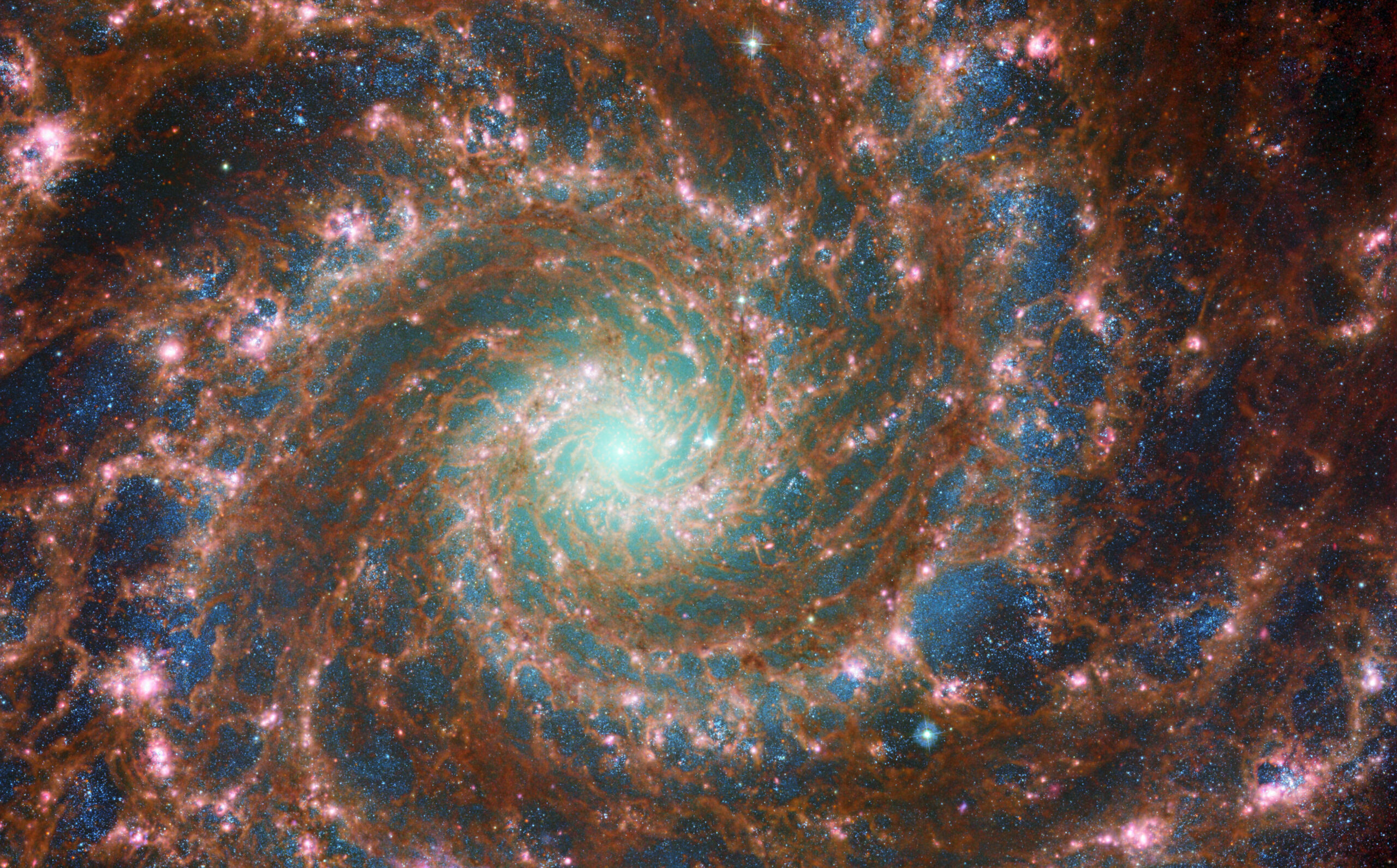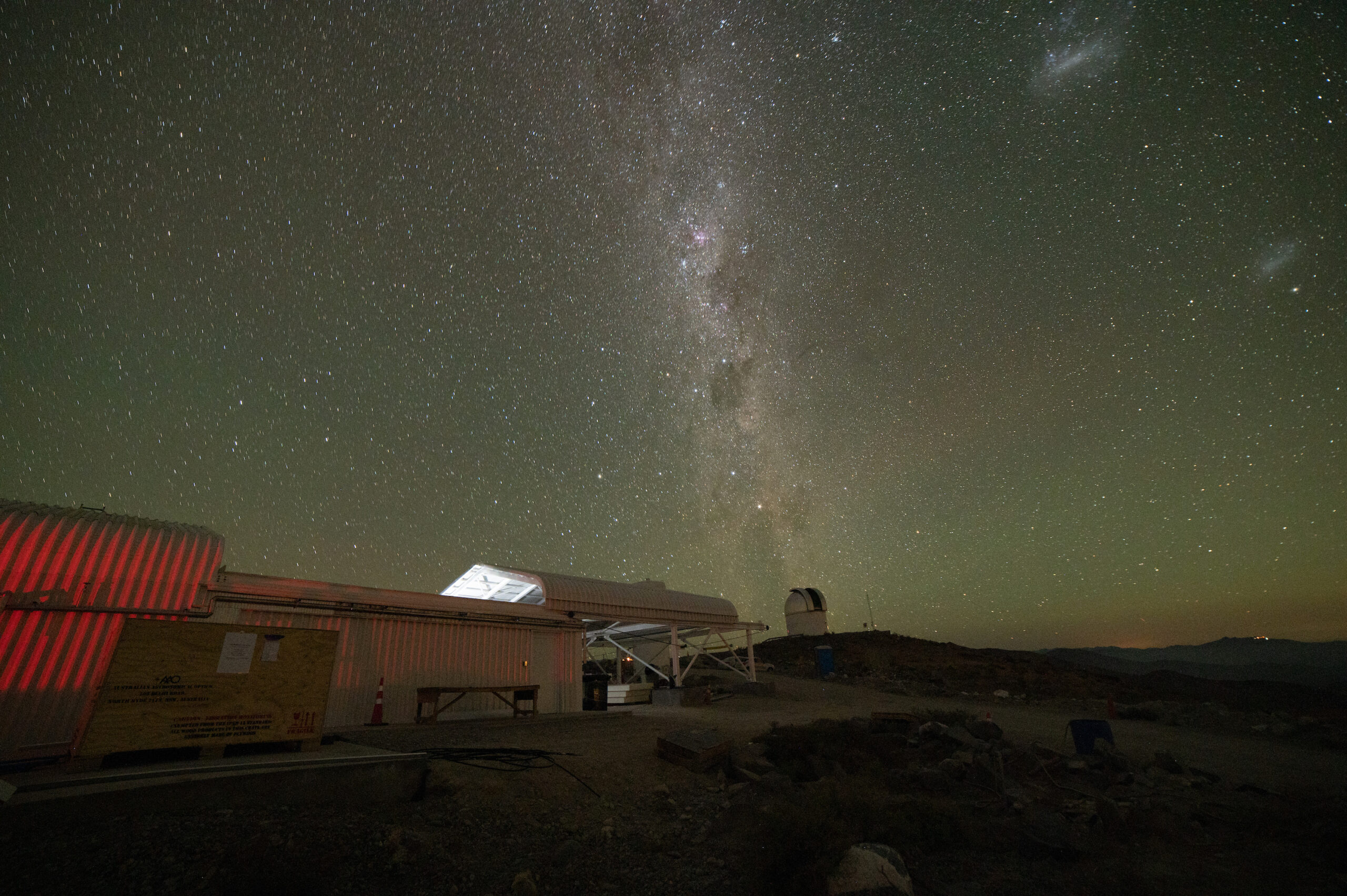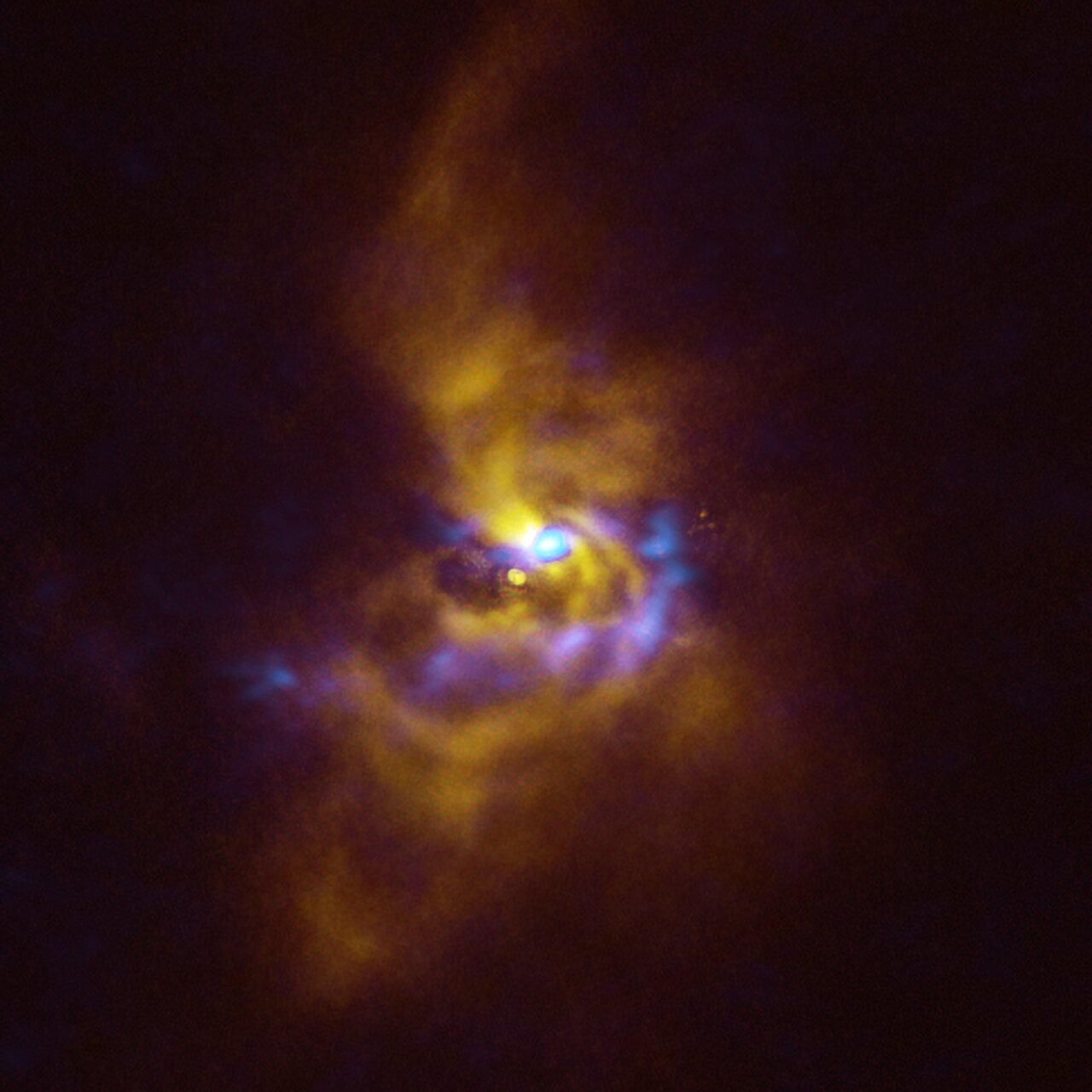
Industrial Stellar abundances
Chemical abundances in stars carry information about a large variety of astronomical phenomena. In particular, atmospheres of low-mass stars of FGK spectral type have the chemical composition of their birth clouds imprinted. Hence, studying their distribution across the Galaxy and across cosmic time allows us to reveal the physical processes that shaped the Milky Way.
There are billions of stars in our Galaxy, and the European space mission Gaia is doing a great job telling us where they are located and which direction they are traveling. FGK-type ones are bright enough to observe them at large distances, and their spectra are relatively simple to analyse. With modern instruments, like FLAMES@VLT, MOONS@VLT, 4MOST@Vista or APOGEE@SDSS it is possible to gather hundreds or thousands of spectra simultaneously, and so the field benefits from a multi-dimentional dataset of millions of stars, for which positions, proper motions, and chemical abundances are known.
Paula Jofre from the Astronomy Nucleus UDP is one of the leaders in a key task which is to provide sets of reference stars which their parameters are know accurately. These stars serve to calibrate and validate the pipelines that automatically analyse these large spectral datasets. Her works on the subject have lead her and her colleagues to assemble an Annual Review in Astronomy and Astrophysics which discusses the accuracy and precision we can determine chemical abundances at industrial scales.
More information:
https://www.annualreviews.org/doi/full/10.1146/annurev-astro-091918-104509









